https://postcardhistory.net/2025/07/the-history-uses-and-side-effects-of/
July 24, 2025
The History, Uses, and Side Effects of ….
Published on
Laxatives! There it is!! It’s not a difficult word to say, nor is it foul in any way, it is simply hard to hear, but so are many kinds of medical procedures and treatments. You make the comparison. Is “laxative” any different than, “chemotherapy”?
As with most medical treatments, education and moderation are essential. So with the idea that we may learn something about an uncomfortable topic let’s examine the history of laxatives and the postcards that advertise them.
Laxatives are staples in human medicine, used to relieve constipation and regulate bowel movements. Their story stretches across centuries. Despite their widespread use and availability, laxatives are laced with considerations related to health and side effects.
Understanding their history is essential to effective treatment.
History
The use of laxatives can be found in the archives of many ancient civilizations. Egyptians, Greeks, and Romans relied heavily on natural remedies such as castor oil, senna leaves, and aloe to alleviate digestive issues. Hippocrates, often regarded as the father of medicine, recommended several plant-based laxatives and stressed the importance of purging as part of medical treatment.
In medieval Europe, laxatives that were concoctions of rhubarb root, buckthorn, or even mercury-based compounds, which often proved toxic, were commonly sold in apothecaries. During the Renaissance, medical practitioners refined their understanding of digestion and bowel health, leading to more targeted use of purgatives and enemas. By the 19th century, commercial laxatives began appearing on pharmacy shelves, with substances like Epsom salts, cascara sagrada, and mineral oil.
Uses
Today, laxatives are categorized based on their method of action. There are five kinds: Bulk-forming (psyllium), Stimulant (senna), Osmotic (milk of magnesia), Stool softeners (docusate sodium), and Lubricants (mineral oil).
In the big picture laxatives are recommended for short-term use only. They are intended to solve complications due to dietary changes, reactions to new medications, or to aid in the healing during post-surgery. Other uses for chronic conditions, like irritable bowel syndrome (IBS) may be part of a long-term treatment plan under close supervision.

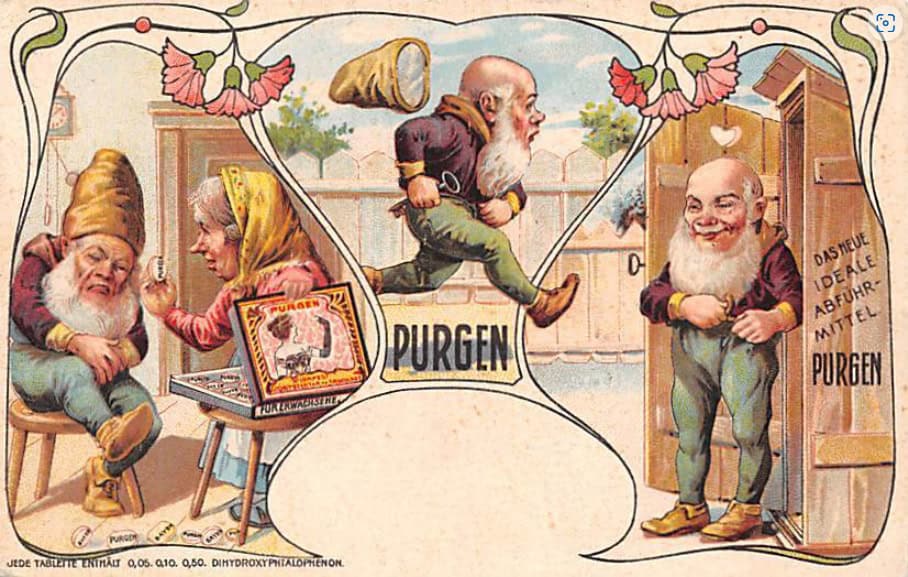
Side Effects and Risks
Despite their effectiveness, laxatives are not without risks. Regular or excessive use can lead to bowel disfunction and dehydration. Other side effects include cramps and pain, diarrhea, and electrolyte imbalance.
Laxative advertising
Advertising laxatives requires a blend of clarity and discretion. Product campaigns often target those who suffer from occasional discomfort with promises of quick relief using natural ingredients.
Most brands use subtle humor to soften the topic, focusing on how wonderful life will be after relief comes. Transparency about how and why the product works is key. Truthful reassurance, and tasteful messaging help normalize the conversation.
Interestingly, the majority of the cards advertising laxatives are European. Could it be this problem is approached from a different perspective?
Using laxatives safely requires careful attention. If laxatives are indicated, it is best to start with the gentlest type, use only for short periods, and be sure to keep watch on the side effects and discontinue use if symptoms arise.
Naturally, health practitioners often recommend trying lifestyle changes before turning to medication, so increase your dietary fiber, hydrate, and exercise to maintain your digestive health, instead of using laxatives. But you should still collect the postcards. They make good conversation starters, and most are fun to research.
Here is an American card to begin your study.

Pluto Water has been bottled here in the USA and advertised on postcards for more than a century. You get extra points if you can tell us (use the comments section below) where this laxative was first discovered.
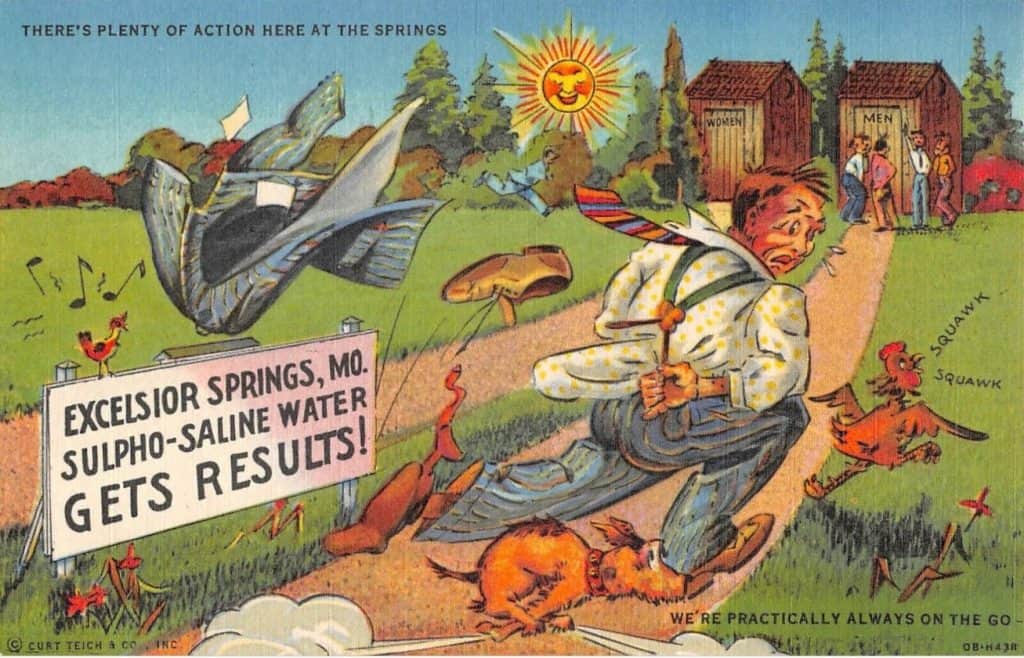
Want a second chance? What makes Excelsior Springs, Missouri, such a special place?
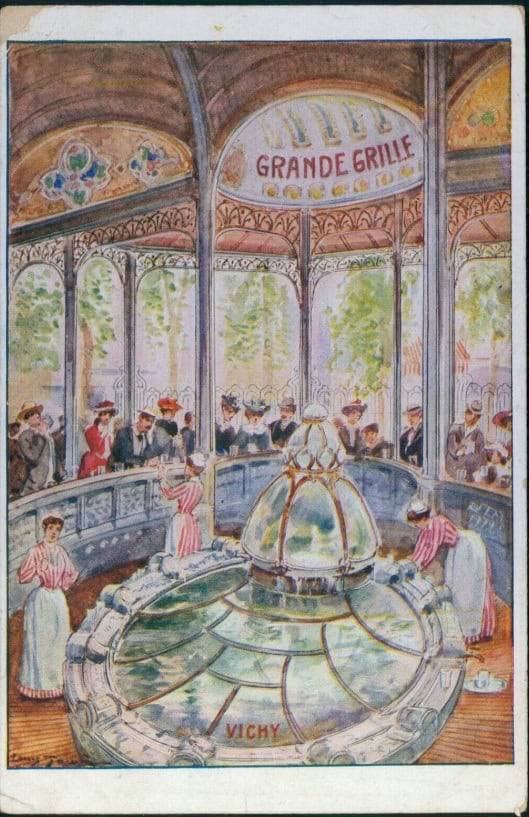

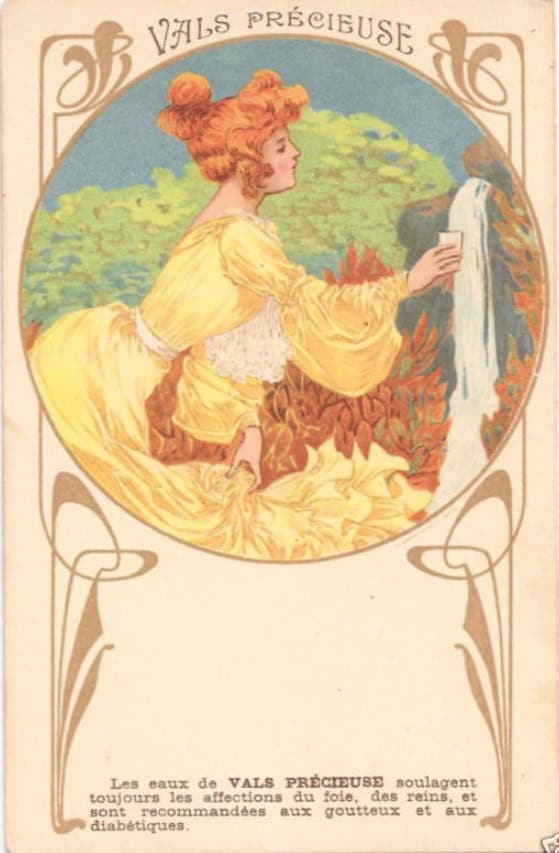
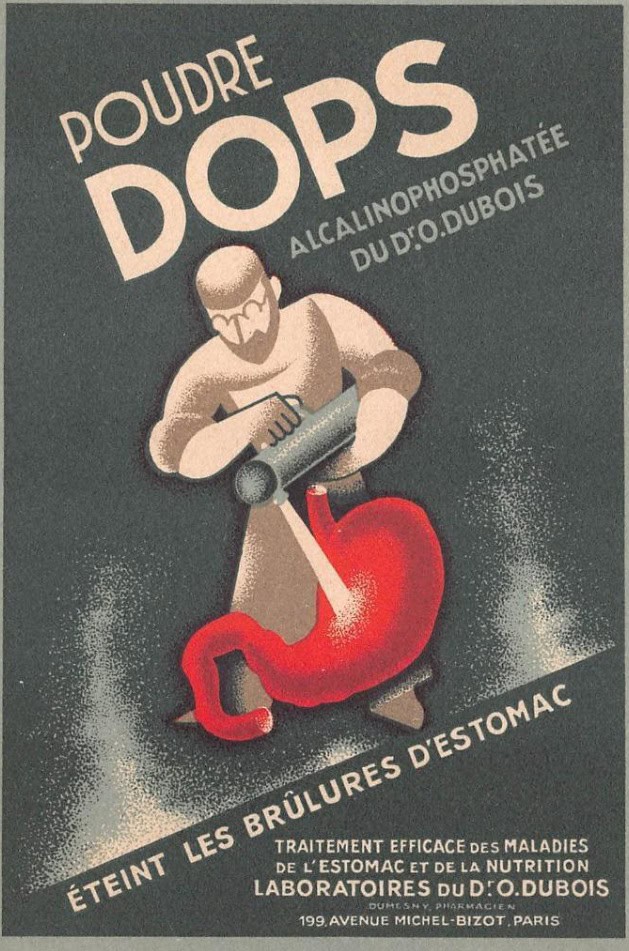
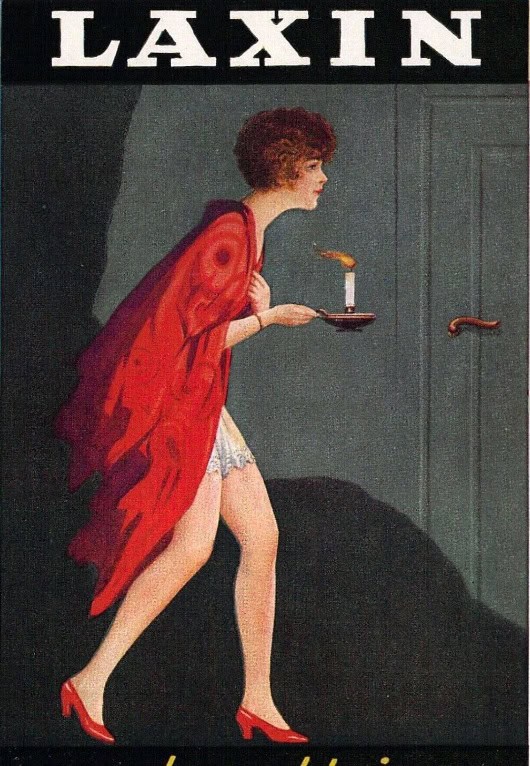
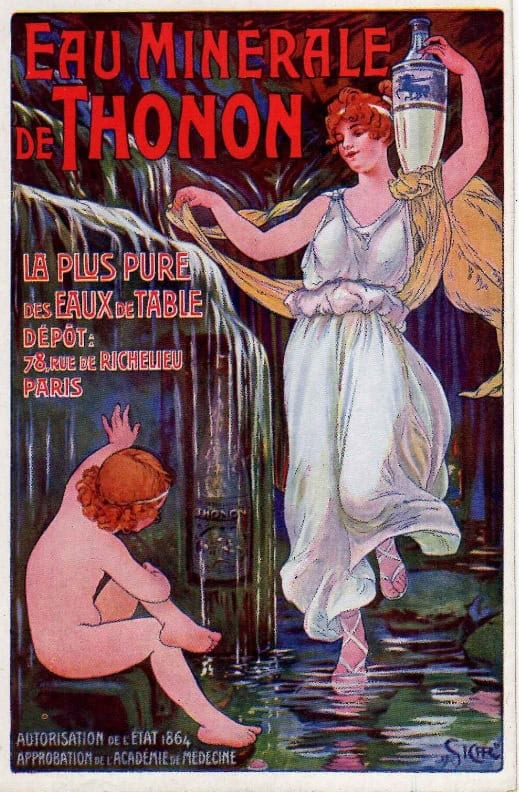

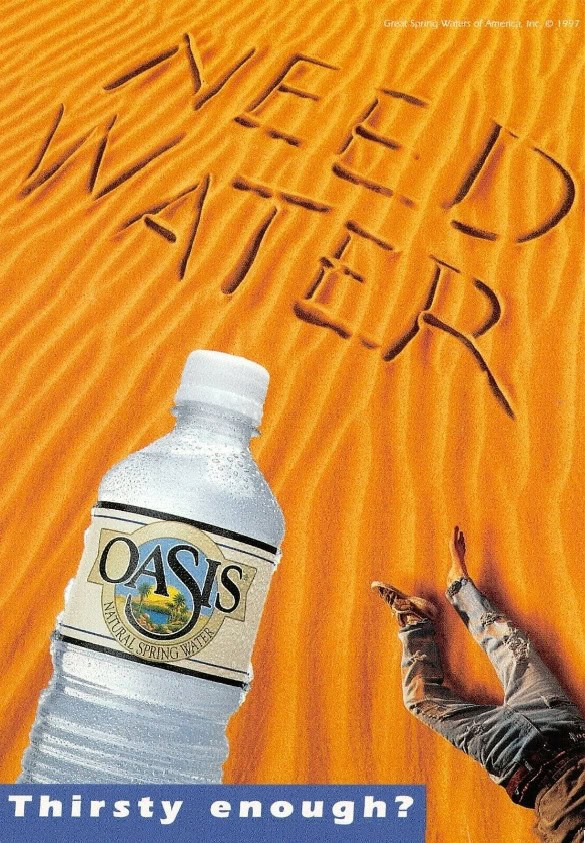
Kudos to whoever wrote this article! What a great topic to collect… it was really moving… LOL.